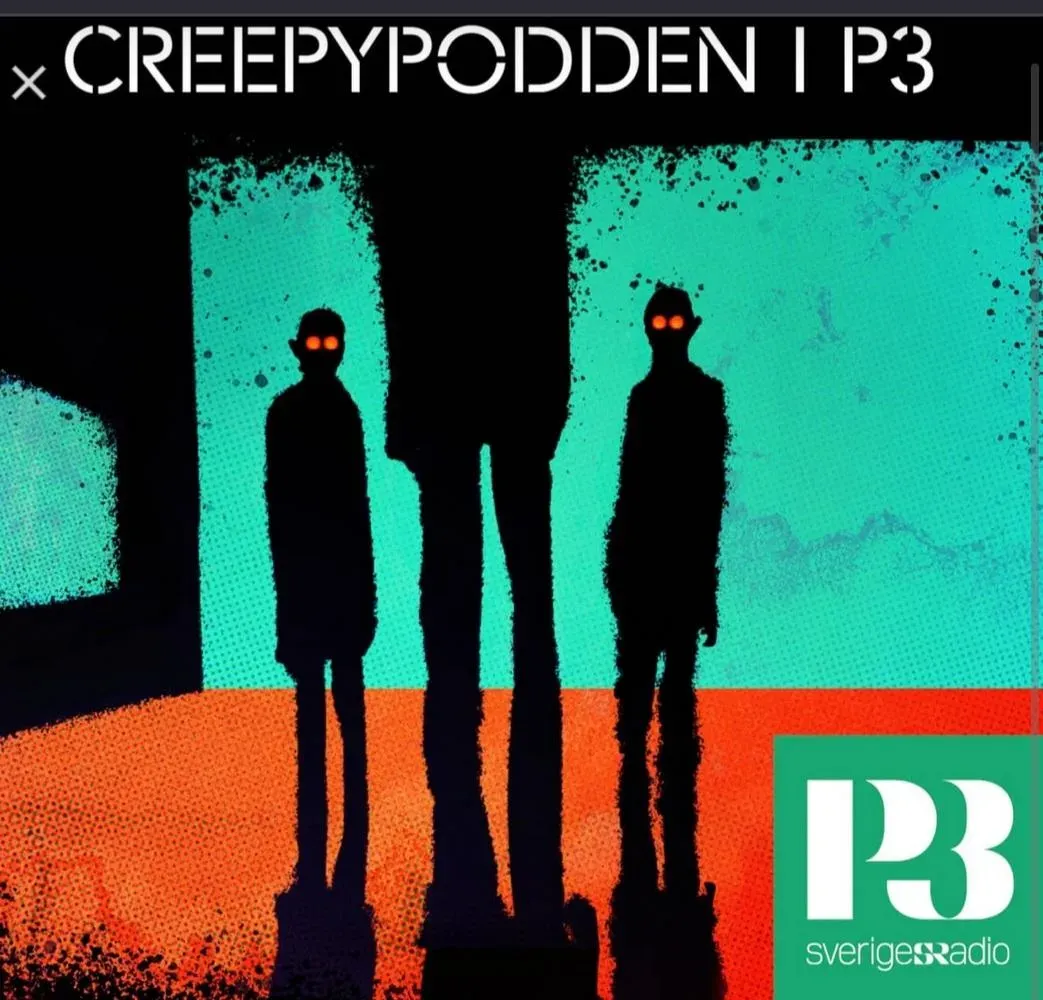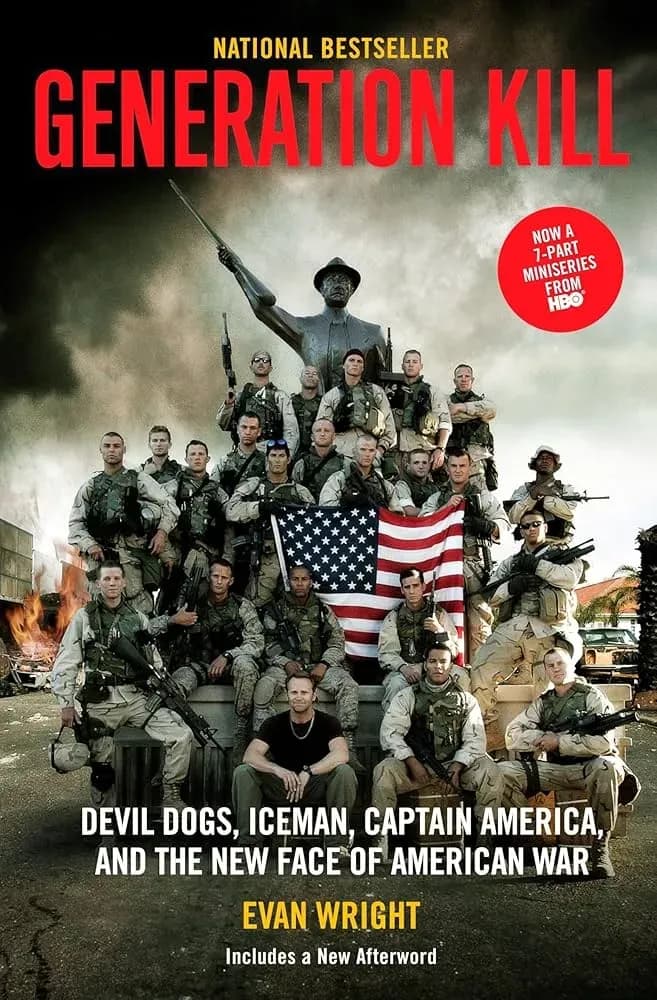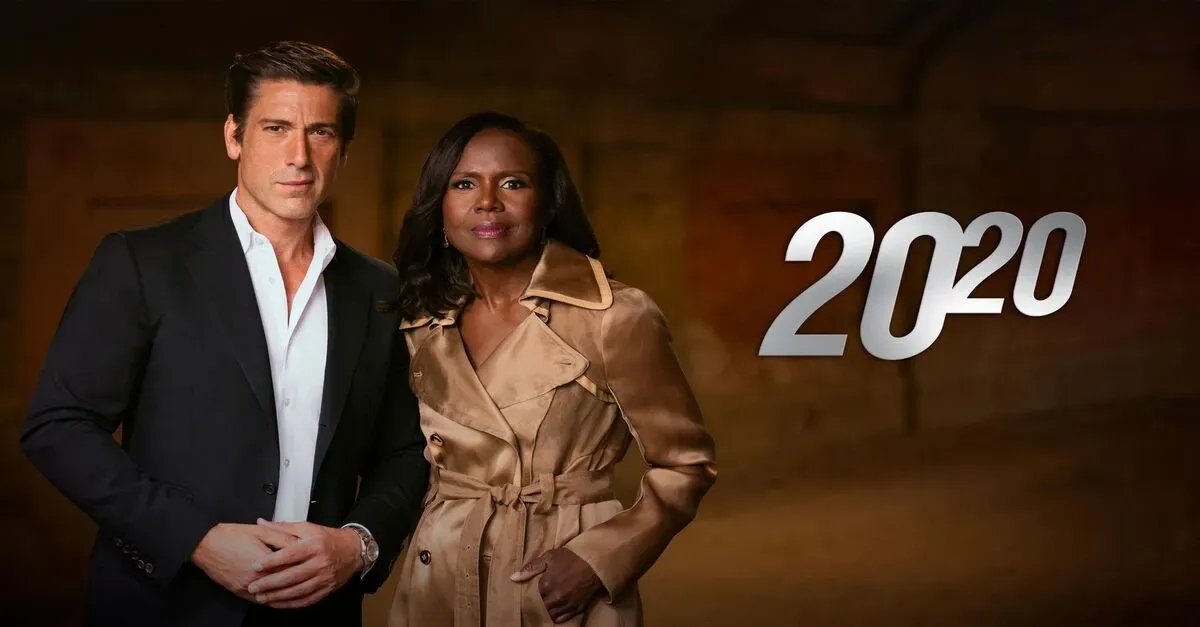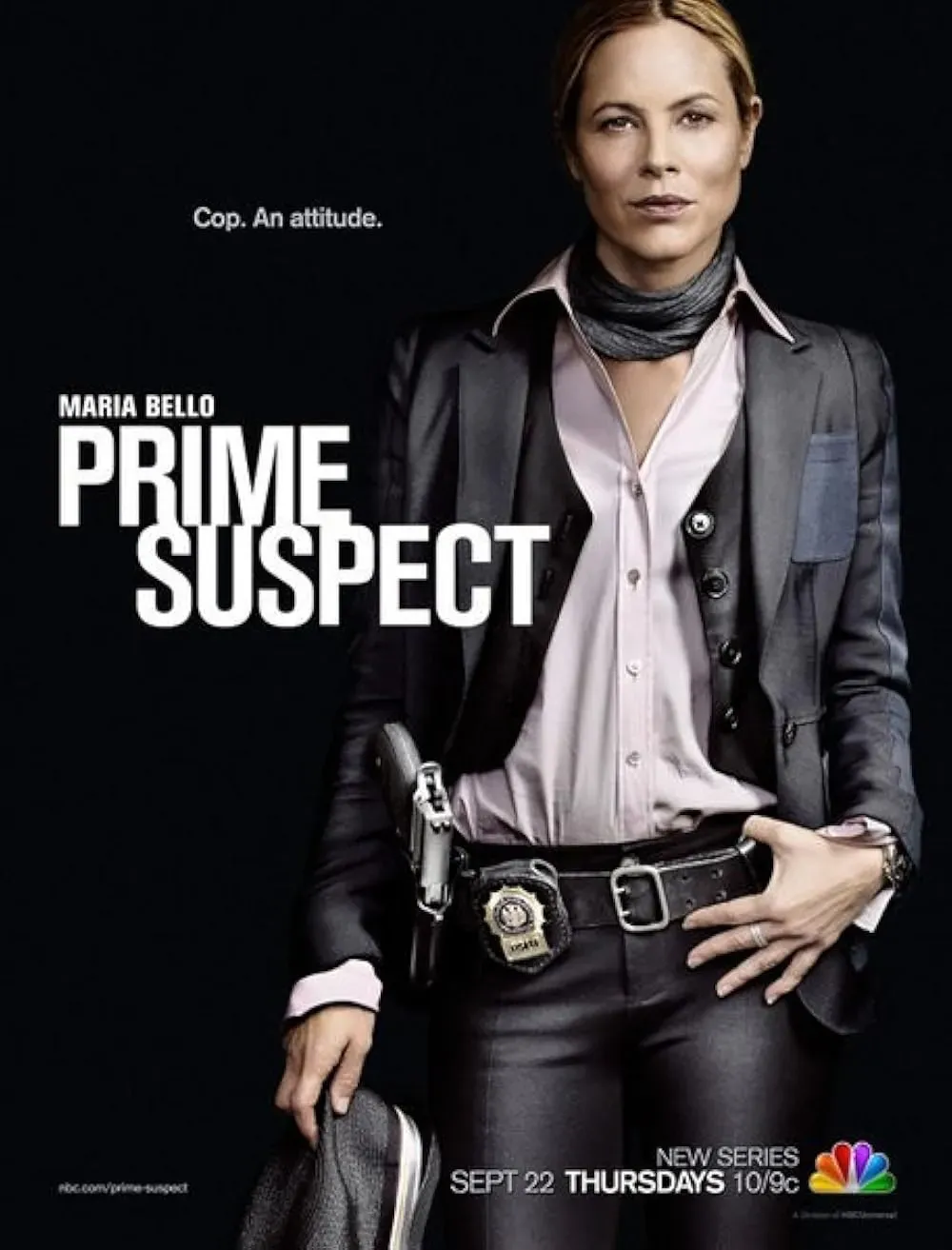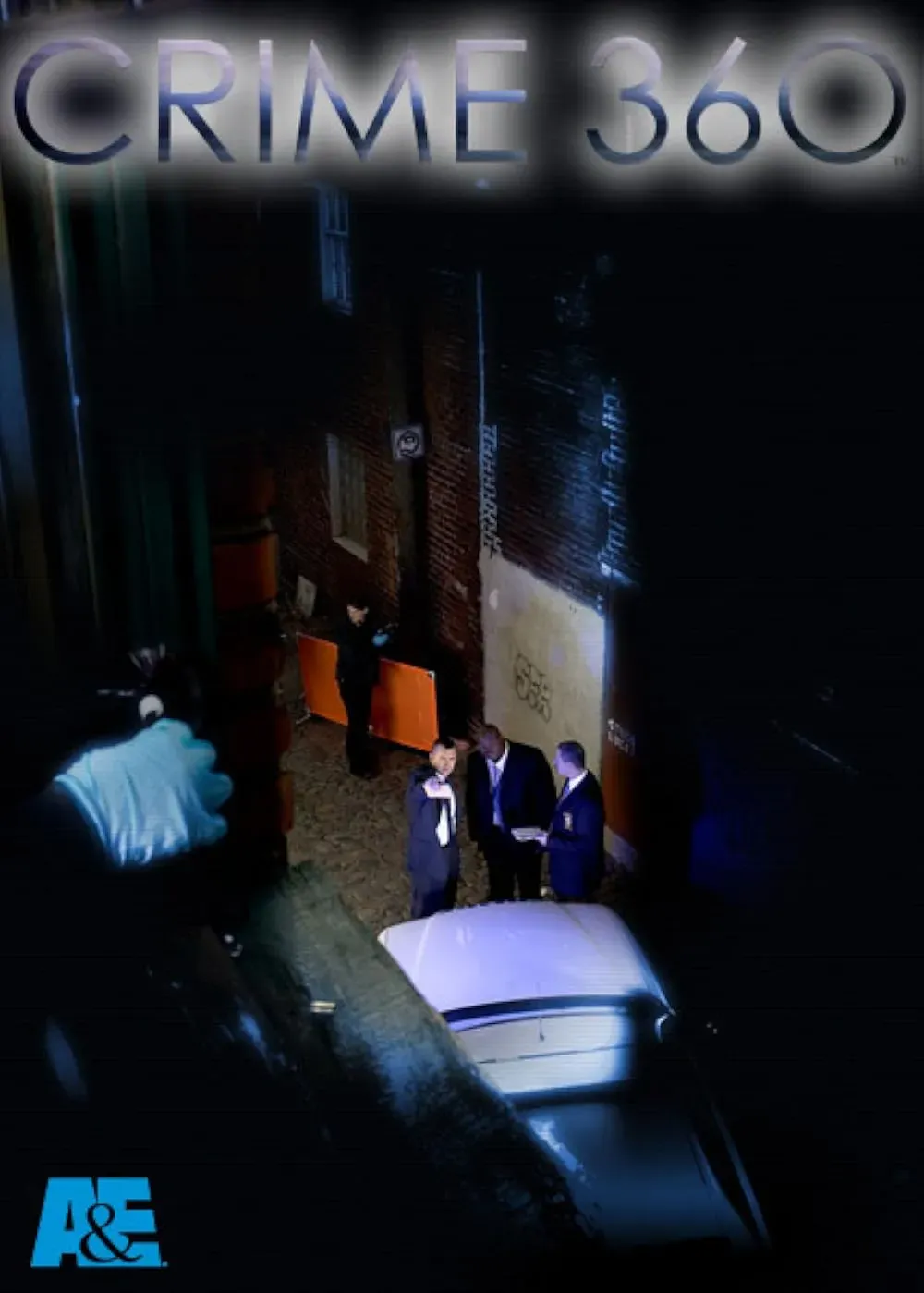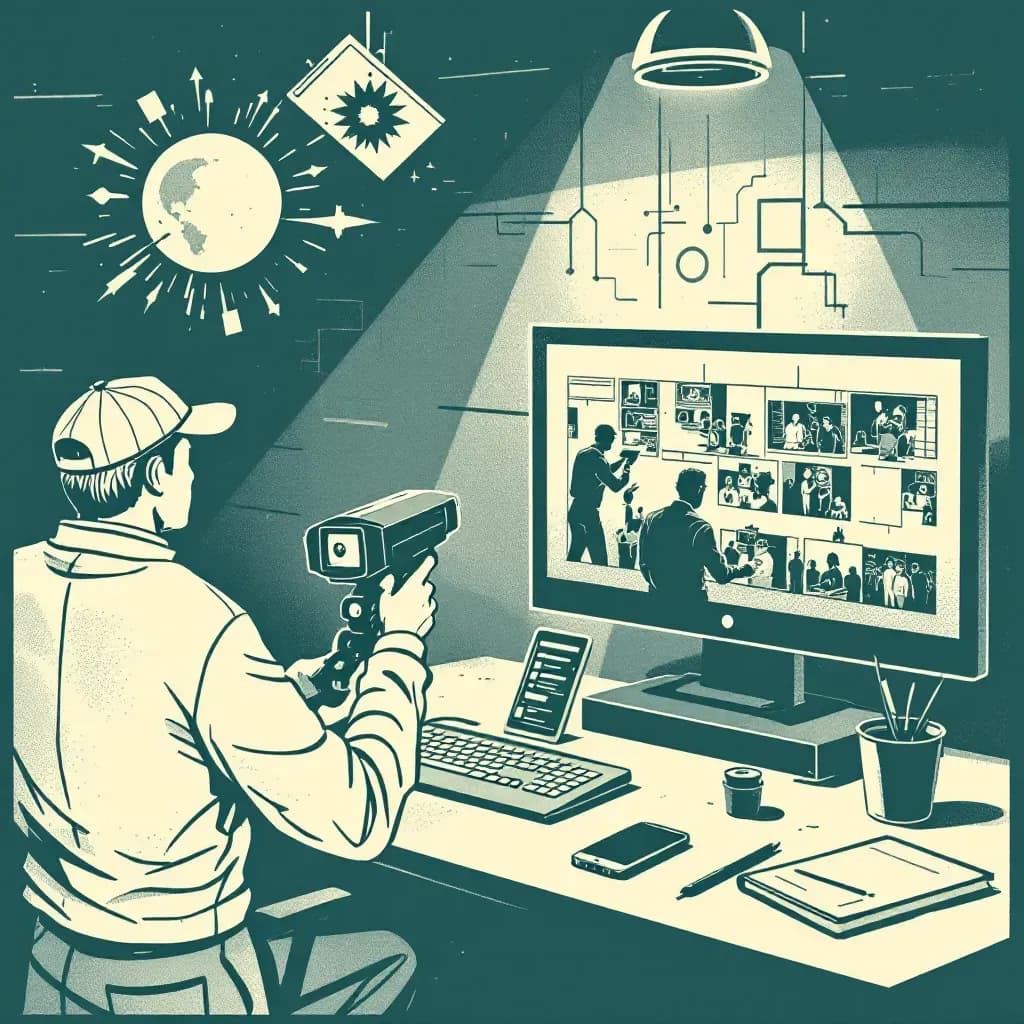
Film
The crucial video evidence that convicts perpetrators and reveals the crime's truth
From perpetrators' harrowing videos to crucial police leads. Understand the power of film in true crime, where footage reveals everything and changes investigations.
The crucial video evidence that convicts perpetrators and reveals the crime's truth
Video evidence: Film as crucial and chilling testimony
In true crime, the term 'film' typically refers to moving image recordings – often crucial video evidence – that originate from perpetrators, victims, witnesses, or are obtained via surveillance cameras or other technology. These recordings play a central role in both understanding and solving a crime. They can range from shaky mobile phone videos shot in the midst of events to clear images from professional surveillance systems. Their value lies in their ability to document a specific moment, a sequence of events, or reveal a perpetrator's identity, making them invaluable evidence or a direct, and often chilling, testimony to the incident.
From trophy to threat: Films reveal perpetrators
Perpetrators may use film recordings for various purposes. Some criminals document their crimes as a kind of trophy, to relive the act or to showcase their actions to like-minded individuals. In other situations, film is used to threaten or blackmail victims, where the recording itself serves as a demonstration of power. Film can also be used strategically to plan crimes or monitor potential targets, revealing details about the preparation phase, including reconnaissance of a possible crime scene. When such recordings are subsequently discovered, they can provide investigators with a unique, though often unsettling, insight into the perpetrator's mindset and modus operandi.
Police's eyes: How film convicts and solves mysteries
From an investigative perspective, film is an invaluable tool in solving crimes. A surveillance camera in public places, shops, or private homes can often capture perpetrators red-handed, during their preparations, or while fleeing a crime scene, which can directly lead to identification and arrest. Such video evidence can establish timelines with great accuracy, reveal accomplices, or document the specific method and extent of violence. Even fragmentary or unclear recordings, when combined with other evidence, can be the crucial piece in a complex investigative puzzle. Furthermore, recordings from body cameras worn by police officers, or videos taken by victims themselves, often provide a direct first-person perspective on critical incidents, which can be highly significant in subsequent prosecution.
Digital age's silent witness: Film boom shapes future
Technological development, including the massive proliferation of smartphones and other easily accessible recording technology, has led to an explosion in the amount of potential film material in criminal cases. This abundance of video evidence places new and increased demands on investigators, not only for collection but also for the in-depth analysis and verification of the authenticity of vast amounts of data, a central part of modern digital forensics. The role of film as a silent witness, often containing crucial evidence for solving crimes, is therefore more central than ever. This continues to shape and develop methods in criminal investigation and subsequent prosecution.
How does video evidence expose perpetrators, and how do criminals use film to threaten or boast? Explore real-life cases involving film – find our in-depth cases below.
Posts Tagged “Film”
31 postsShowing first 20 of 31 posts. Use search or filters to find more.
.webp&w=3840&q=75)









